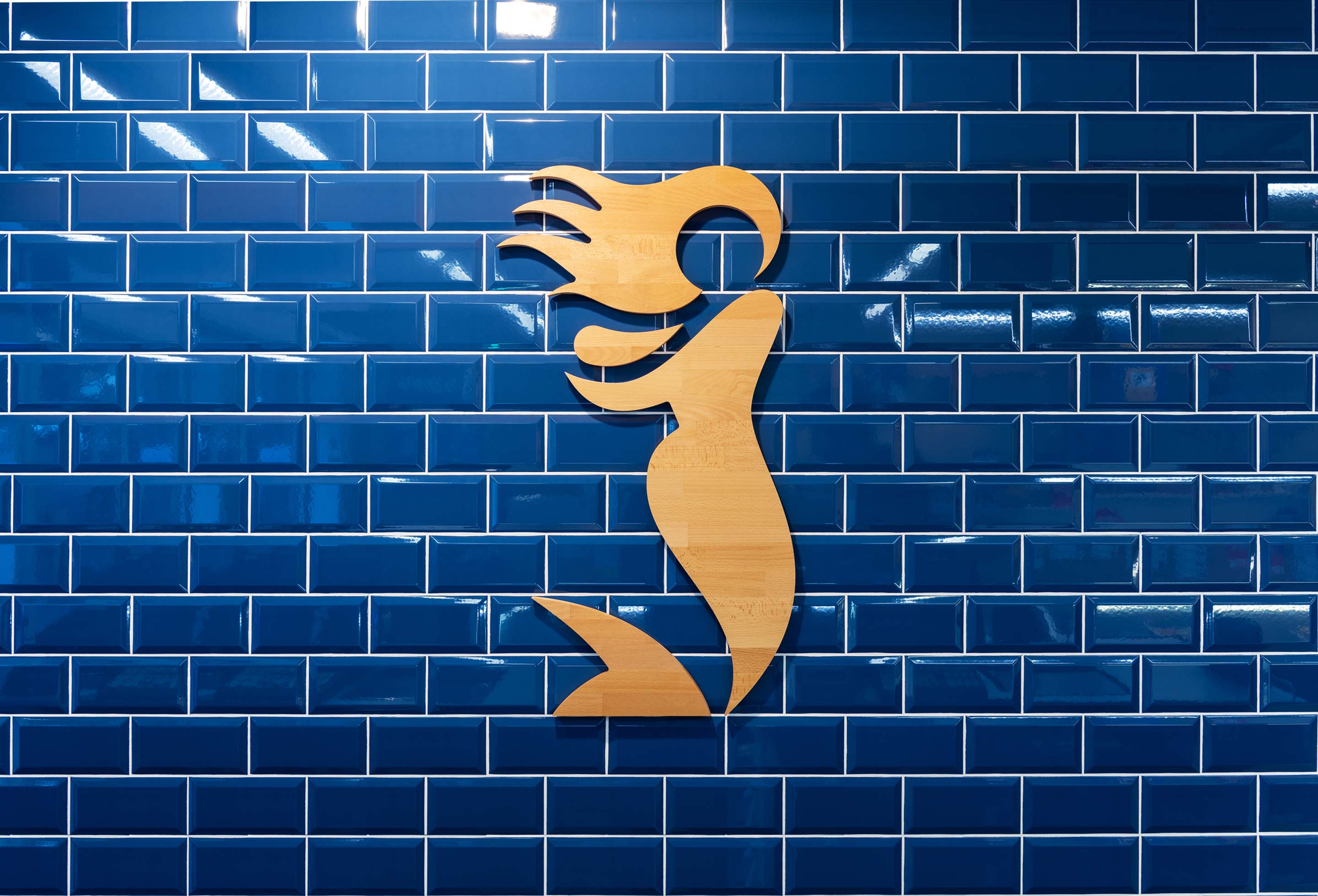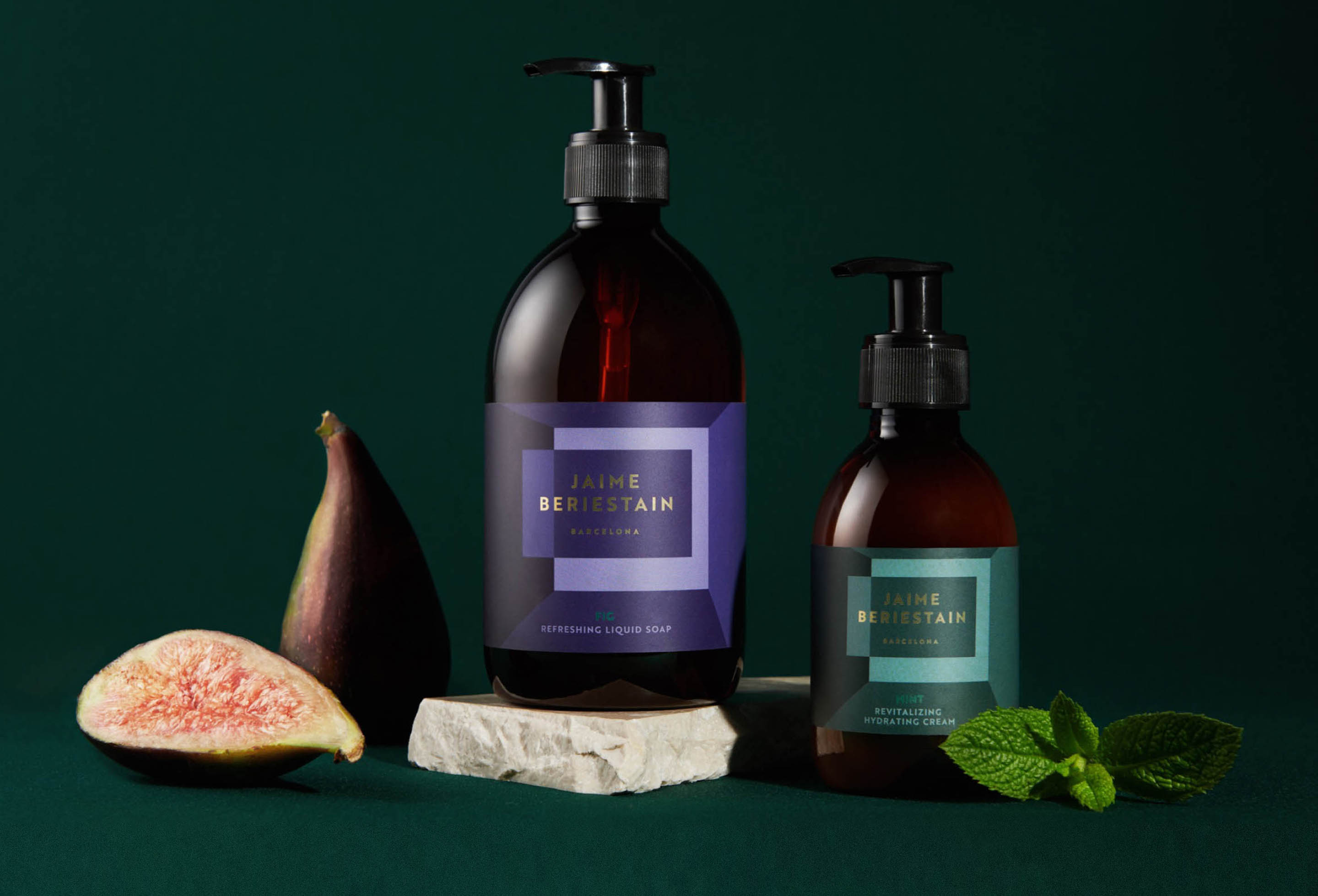Retail
Design

We talk about retail design when we design and transform spaces where products and services are offered. We build a commercial space to integrate the values of the brand into a 360º experience, with the ainof presenting a more attractive offer to the consumer through global concepts linked to the brand’s personality.
This objective will be developed through the conceptualization and design of the different elements of the retail design: From the outside to the inside, through the external perception of the façade, showcases or shop windows, the ambient atmosphere, the flow of commercial operation, the distribution, the materials used, the design of the furniture, the lighting, and even the music or the aroma of the space.
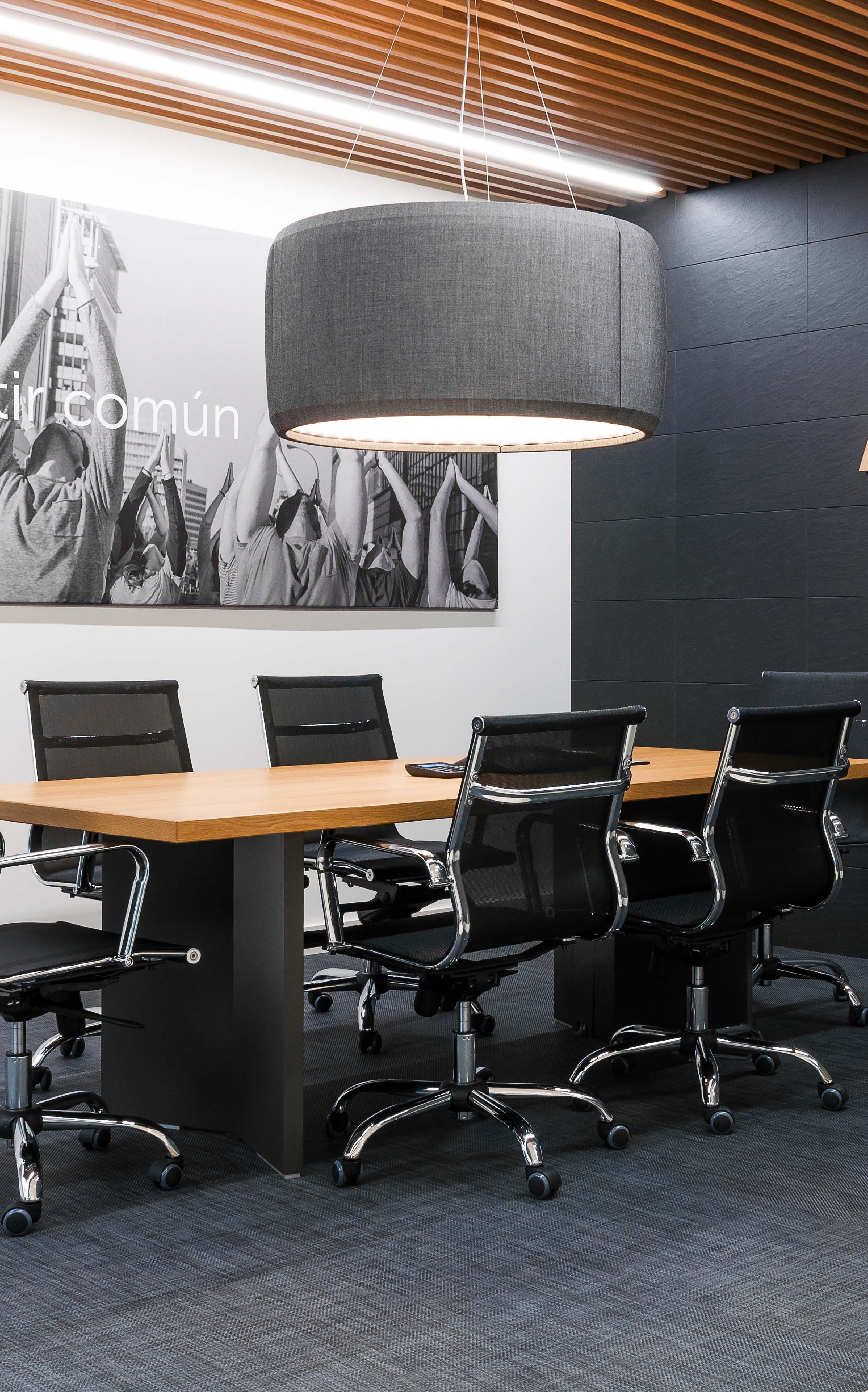
Why do we
need one?
Consumers are looking for unique experiences at every moment involved in a purchase, which naturally starts when they approach a store. The consumer experience is a holistic process that includes their cognitive, affective, emotional, social and physical responses to the design and messages of the retail space. Good retail design enables shoppers to create positive and memorable bonds with a brand. This is reflected in increased footfall and sales, and ensures that a brand communicates its positioning correctly, enabling differentiation from its competitors. Without a doubt, effective design helps to improve customer understanding and enjoyment of the products and the brand itself, and therefore sales! Retail design helps to tell the brand and product story, educate consumers about goods, and ultimately make the items displayed more desirable as a result.
What does it
consist of?
1
Strategy
First, we must audit and understand how to efficiently improve sales by optimizing space and the sales loop through effective user flow.
Then, we research and look for new trends, technology and innovations in the sector to develop a strategy to improve the shopping or service experience.
This strategy will be cross-cutting in all aspects of retail design, and will involve all the elements that will intervene in the project; space design, communication elements, brand identity…
The aim is to create a model where the customer and their shopping experience must be at the center, and all aspects involved must contribute to the sales strategy.

2
Architectural vision
The architectural space where the retail design is located will largely determine the potential of the retail project. Whether it is a large flagship store, a small space or an ephemeral architectural space, we must take into account the impact of the exterior appearance, the façade, the access possibilities, the exterior cladding and the possibilities of exterior signage in accordance with legal regulations.
We should always bear in mind the possibility of innovating in any of the architectural elements involved and be capable of capturing the attention of the buyer and user.
Aspects such as the sustainability of the materials used, the architectural style of the building or the surrounding and cultural environment, the amount of natural light... are important architectural aspects to consider when planning the project.
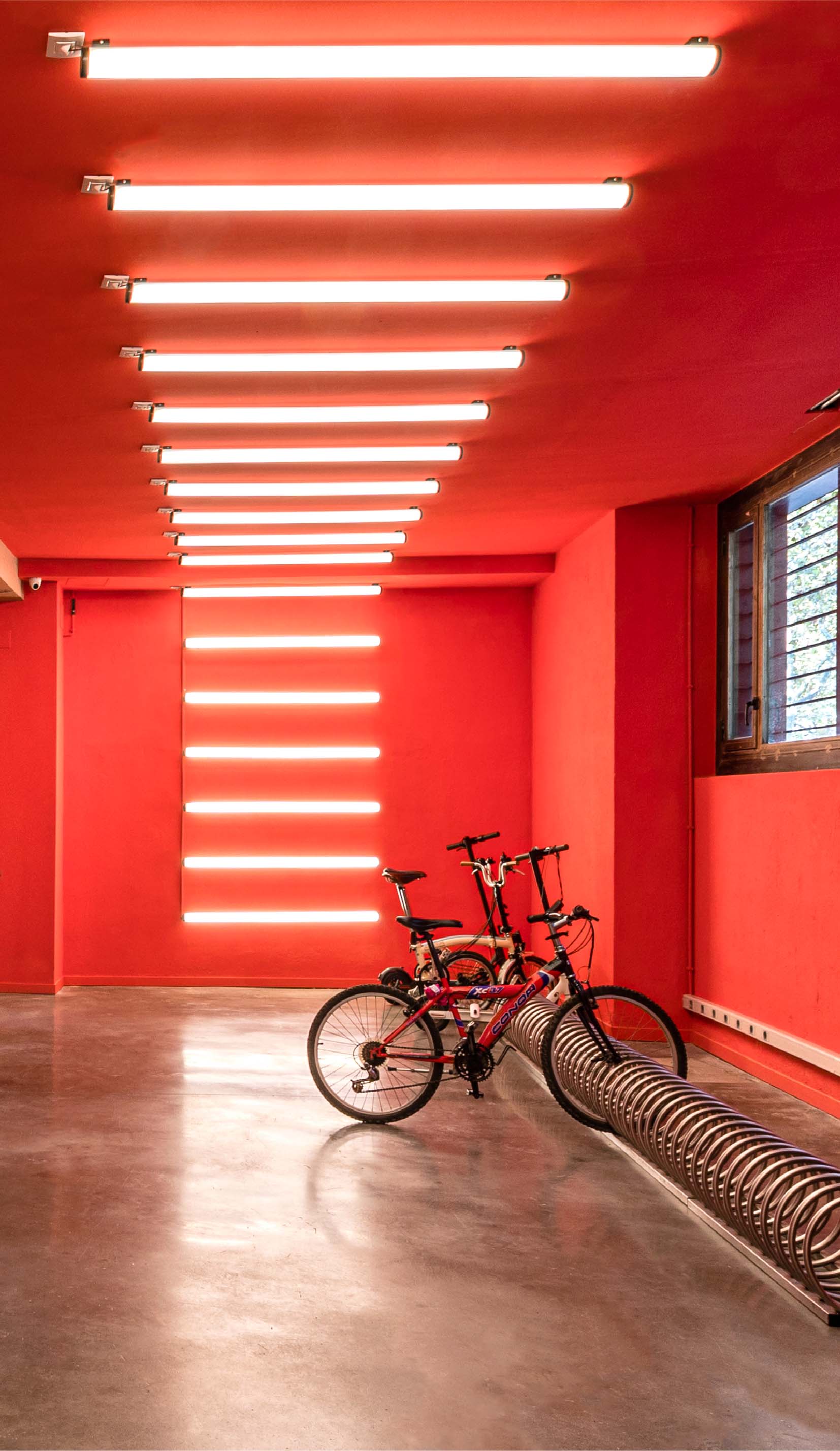
3
Interior design
Interior design is one of the most important elements in retail design and directly affects the perception of the brand values that we seek to convey. The approach to the distribution of the elements for the optimization of space and the selection of the materials used will determine to a large extent the functional and visual impact of the space respectively. The careful selection of flooring, cladding, structural elements, furniture design and color palette, configures the interior ambience of the space. All of this is rounded off by the appropriate use of lighting and balanced with the brand communication elements.

4
Shapes and materials
The design of the different spaces and the materials chosen should be a sensory translation of the brand values. Building materials and their finishes can help to connect the space and the user, favoring a positive user experience, facilitating the creation of positive and memorable bonds. It is very important to choose materials with durability, resistance and sustainability characteristics in mind. Concerns regarding responsible consumption and climate change influence the purchasing decision, therefore, in the strategic phase, market research should be carried out taking into account local resources.
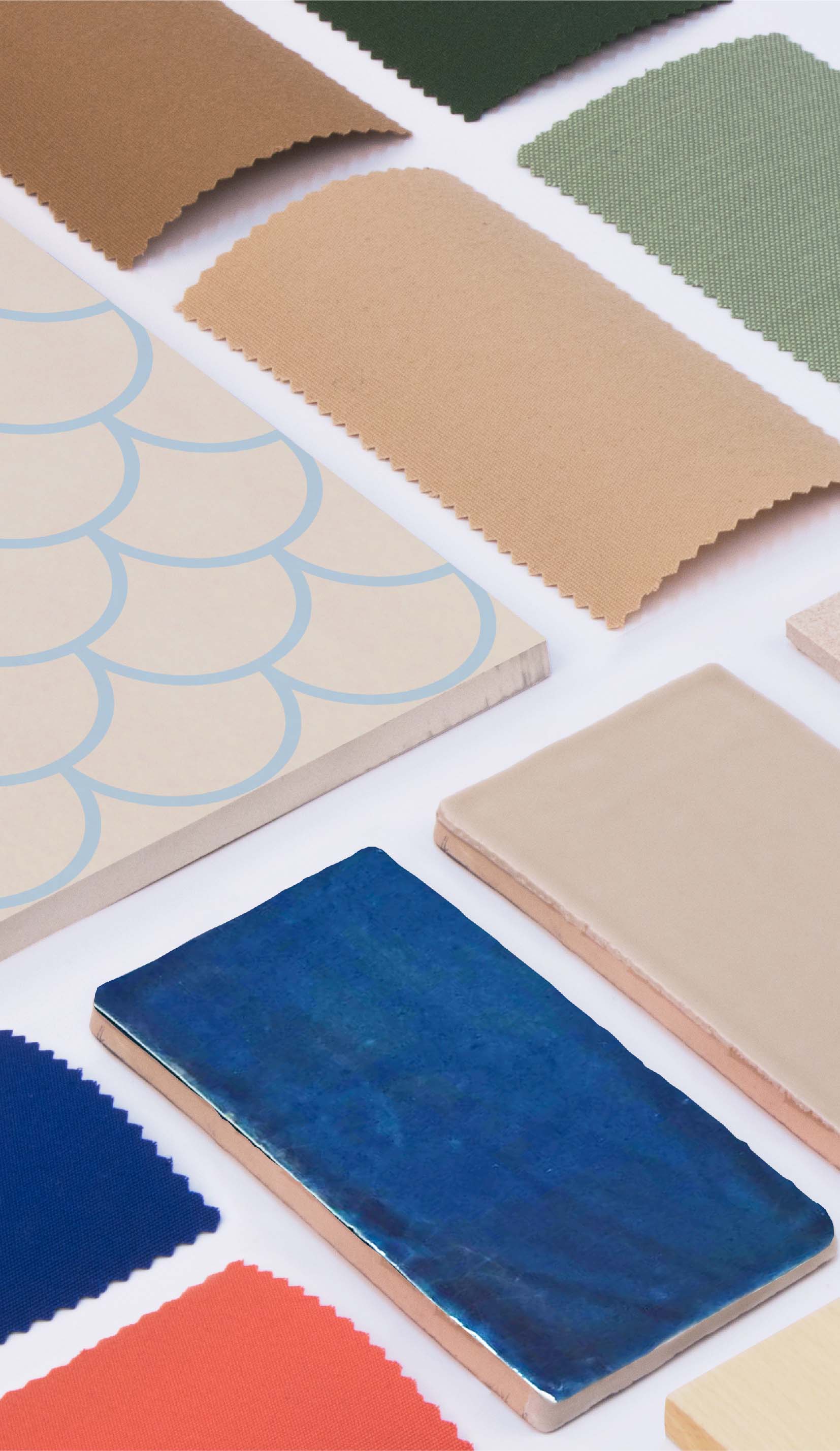
5
Visual design and experience
The retail space must also be accompanied by visual elements that help to make contact with the product. These can be communication panels (offline or online), interactive elements (technology; investment in R&D), as well as shapes, colors and purely esthetic elements. What’s more there are certain sensory elements that can help to give the consumer a more complete experience with the brand, such as music, textures and/or aromas, ranging from the functionality of the act of shopping to the "Instagrammable" experience. In a nut shell, these familiarize the shopping process, adding perceived value.
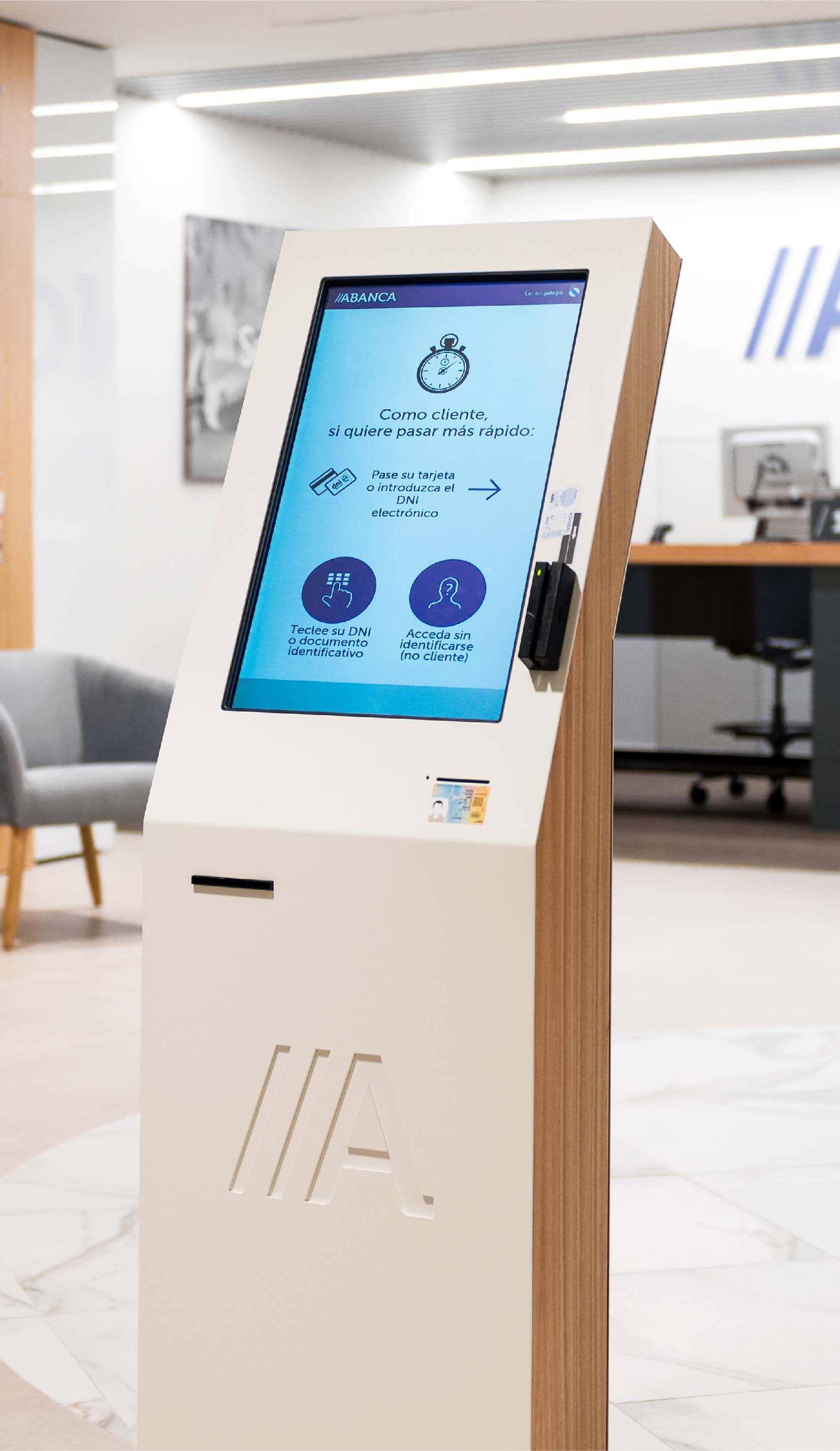
6
Retail Guidelines
Finally, all the essential aspects of the retail project (concept, zoning, materials, lighting, furniture, shop windows...) are described and standardized in the Retail Guidelines.
This document is the tool for the correct application of the model, so that it can be replicated and adapted coherently according to the context.

FAQS
-
What is a concept store?
A concept store is different from conventional stores because it does not design their commercial space simply to sell, but does so that the consumer connects and falls in love with the space and the shop, and therefore decides to buy there. Concept Stores develop from the interaction of art, culture and fashion, capture an experience and develop an integrated style throughout the store offering unique and memorable experiences.
-
What is a LifeStyle Store?
These, unlike Concept Stores that have more general concepts, are highly exclusive shops based on a lifestyle proposal, i.e., shopping spaces that focus on a very particular target audience. They create a general offer of content, such as a sport, a type of music or an artistic style and provide the products, services and esthetics for that type of public.
-
How do we maintain interest in retail design?
A well-planned retail space should be explained like a book, and so that as the customer moves through its areas and discovers new spaces that retain their interest. Getting the customer to visit all the areas of the store, to be surprised and to keep the crescendo of the story, will turn them into a loyal brand visitor who will continuously want to repeat the purchase. It is a mistake not to be able to tell a clear, coherent, meaningful and compelling story that engages the customer throughout the entire journey.
-
What is Visual Merchandising?
Window dressing or visual merchandising is the technique that organizes the products in the display areas of the shop, taking into account brand communication criteria and its narrative. In the strategic process of conceptualizing the shop model, the best display areas should be studied, taking into account their circulation flows, the interaction with users, always thinking about the versatility of these points, which are key on special dates (Black Friday, sales, Mother's Day, etc.).
-
Can retail design create Love Brands?
The store environment is not only a showcase and the physical point of contact between the brand and the customer, but it is also the place that approaches them emotionally and embraces them, an opportunity to connect and create brand loyalty. Creating this space where the customer can be completely immersed in the brand allows a customer to fall in love with a brand, becoming a true brand advocate.
-
How does retail design impact sales?
Effective space design helps to improve the customer's understanding and enjoyment of the products and the brand itself, and therefore sales. Retail design can also help to tell the brand and product story, educate consumers about the items and ultimately make the items displayed more desirable as a result.
-
Can a brand's existing narrative be changed?
Often brands are faced with a change of narrative because they have become obsolete, want to reach a new market or have changed their product or service. This requires further work to develop the story so that the customer perceives a significant change, that it does not generate confusion and that it adapts to the new brand perspective.
-
Is there such a thing as globalization in retail?
Globalization is a reality. It is flooding retail spaces in cities all over the world (physically and digitally), generating global trends in society. Retail design and society feed each other, adapting to the constant change in people's habits, in the same way that brands adapt their way of communicating according to the context in which they live.
Let's talk
Together,we cancreatesomethingextraordinary
We will collaborate to find the right answer and bring progress to your business and to the world.



